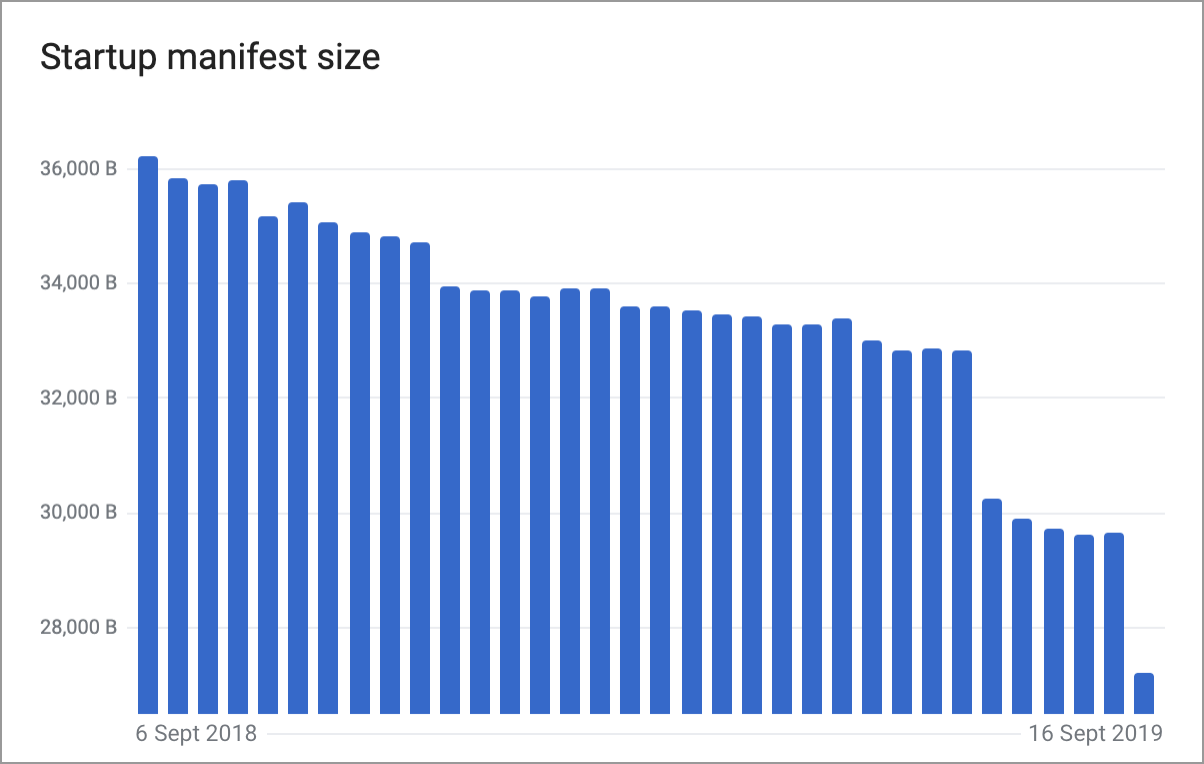MARIBOR, BLED, SREDOZEMSKO MORJE – VSI ZA SVOBODNO PALESTINO!
Izraelski okupator v zadnjih tednih še močneje stiska svoje morilske klešče v Gazi. Palestinke in Palestinci množično umirajo zaradi krogel in bomb sionistične teroristične organizacije imenovane “Izraelske obrambne sile”, vse bolj pa tudi zaradi lakote, ki je neposredna posledica popolne zračne, kopenske in morske blokade tega dela Palestine. Lakota, ki so jo pretekli teden uradno potrdili tudi organi Združenih narodov, je terjala že najmanj 333 življenj Palestink in Palestincev, med njimi najmanj 126 otrok.
Z namenom prebitja blokade se je danes na morsko pot do Gaze odpravila nova karavana ladij. Če je šlo v prvih dveh poskusih za individualna ladijska plovila, se tokrat na pot odpravlja več kot petdeset ladij! Prve so danes izplule iz pristanišča v Barceloni, mnoge pa se jim bodo pridružile na poti preko Sredozemskega morja. Pred odhodom ladij, ki so del omenjene karavane je včeraj v Genovi potekalo množično zborovanje, ki se ga je udeležilo kar 40 tisoč ljudi. Pomembno je dodati, da gre pri barcelonskem pristanišču za isto luko, v katero je med špansko državljansko vojno prihajalo na tisoče pripadnikov mednarodnih brigad, ki so se pridružili borbi proti fašizmu. Danes iz nje plujejo nove borke in borci proti fašizmu, ki v okupirani Palestini kaže svoj krvavi obraz.
Pot mednarodne flotilje pod imenom “Global Sumud Flotila”, v sestavu katere so prostovoljke in prostovoljci iz več kot štiridesetih držav sveta, bomo na Rdeči pesi podrobno spremljali. Če se želite pridružiti dejavnostim omenjene organizacije, pa lahko to storite preko povezave v komentarju, ki ga objavljamo pod prispevkom.
Nove etape mednarodnega boja za svobodno Palestino pa se v teh dneh ne bodo odvijale le na Mediteranu. Jutri, v ponedeljek 1. septembra, bosta na dveh koncih Slovenije potekali akciji, kjer lahko vsak izmed nas da svoj prispevek k širjenju in utrjevanju solidarnosti s Palestinkami in Palestinci ter njihovim osvobodilnim bojem.
Na mariborskem Trgu svobode se bo ob 12:00 pričela večdnevna akcija polaganja kamenčkov v spomin na umorjene otroke v Gazi. Cilj je do 5. septembra na trgu zbrati 20.000 kamenčkov – toliko otrok so namreč sionistične sile umorile do sedaj. K sodelovanju v akciji so še posebej vabljeni vrtci, osnovne in srednje šole ter vsi, ki si želijo na ta način izraziti solidarnost s Palestinkami in Palestinci. Prav tako bo jutri ob 12:00 pred Festivalno dvorano Bled, kjer se pričenja Blejski strateški forum (BSF), potekal protest z naslovom “EU sokriva, krvave roke skriva.” Povezave do obeh dogodkov lahko najdete v komentarjih pod objavo.
Kljub nezamisljivim zločinom sionističnih okupatorjev in molku svetovnih političnih voditeljev je torej ta veriga solidarnosti s Palestinkami in Palestinci ter njihovim bojem dosegla vasi in mesta, center in obrobje, delovni ljudje povsod po svetu pa ponosno vihtijo palestinske zastave in dajejo svoj doprinos skupnemu boju za mir, solidarnost in svobodno Palestino – od reke do morja. Palestina je postala Španija naše generacije – njihov boj proti fašističnim falangam je naš boj proti sionističnim okupatorjem. V tem izkazovanju solidarnosti in boju za svobodno Palestino bomo s skupnimi močmi vztrajali do končne zmage.
En svet, en boj!
The post MARIBOR, BLED, SREDOZEMSKO MORJE – VSI ZA SVOBODNO PALESTINO! first appeared on Rdeča Pesa.



